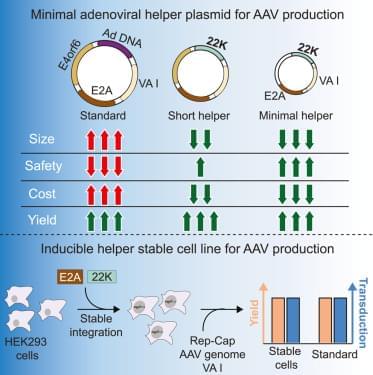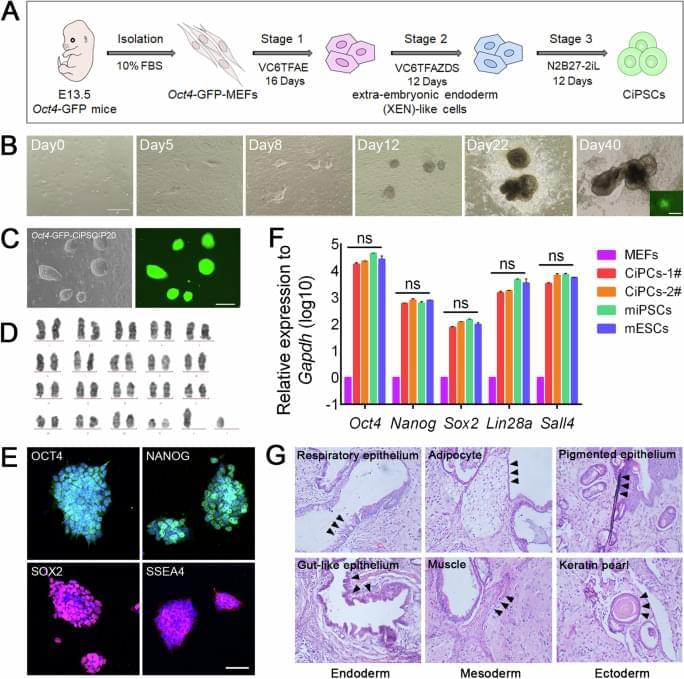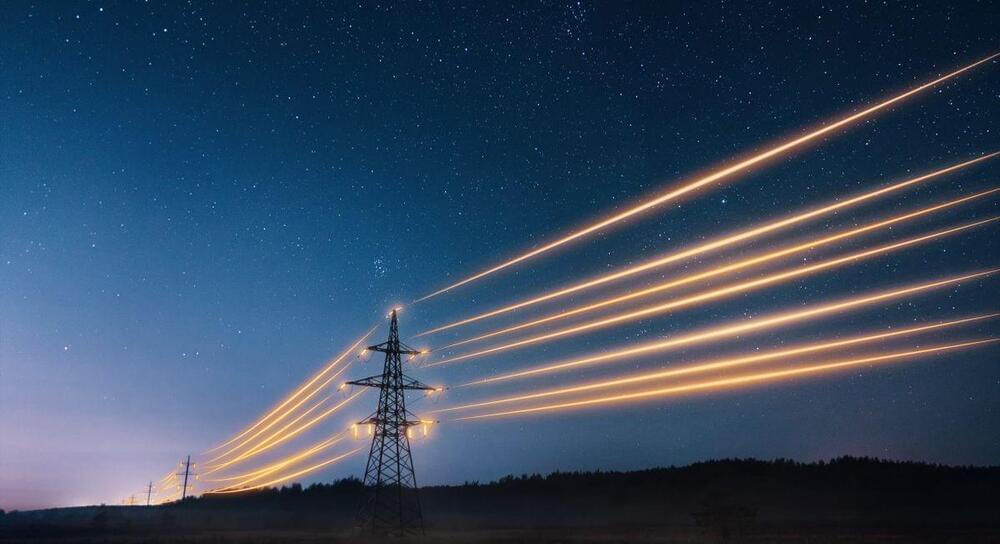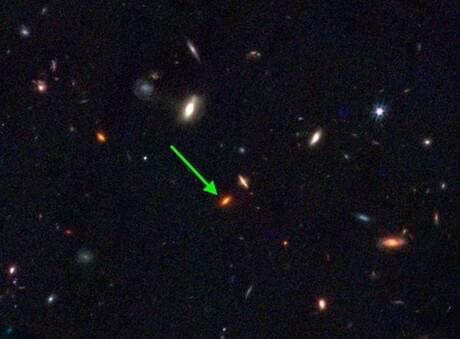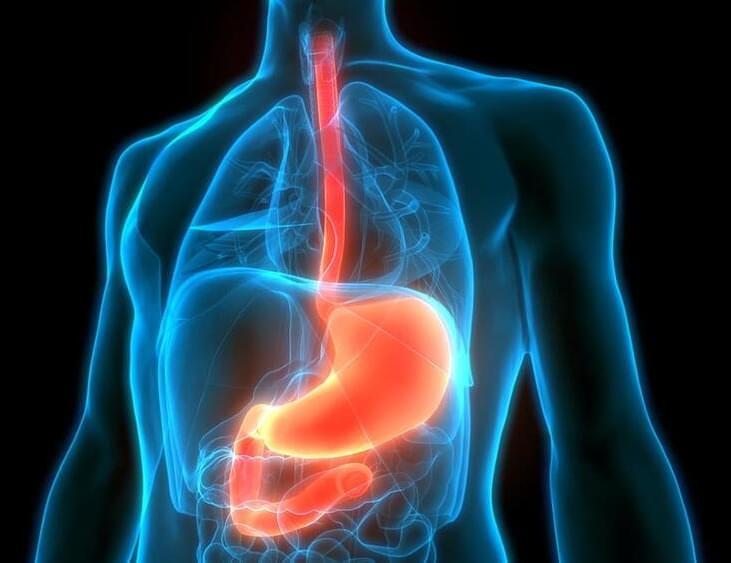Uber and Lyft drivers in Phoenix and Los Angeles are facing increasing challenges as driverless taxis, notably Waymo One, enter the market. These autonomous vehicles are making an already competitive ride-hailing industry even tougher for human drivers.
According to Jacob Zinkula’s report, driverless taxis are significantly impacting the ride-hailing landscape in key markets like Phoenix and Los Angeles. Jason D., a 50-year-old Uber driver based in Phoenix, attributes his decreasing earnings to the influx of Waymo One robotaxis. He notes that heightened competition and operational costs, along with reduced fares and tips, are exacerbating income challenges for both full-time and part-time drivers.
Waymo One, operating under Alphabet, has rolled out over 100,000 paid rides weekly across Los Angeles, San Francisco, and Phoenix. With planned expansions to Atlanta and Austin, these vehicles are set to be integrated into the Uber app. Despite potential regulatory hurdles and safety considerations, experts in the ride-hailing field anticipate a gradual decline in Uber and Lyft drivers’ earnings as autonomous vehicles become more commonplace.

